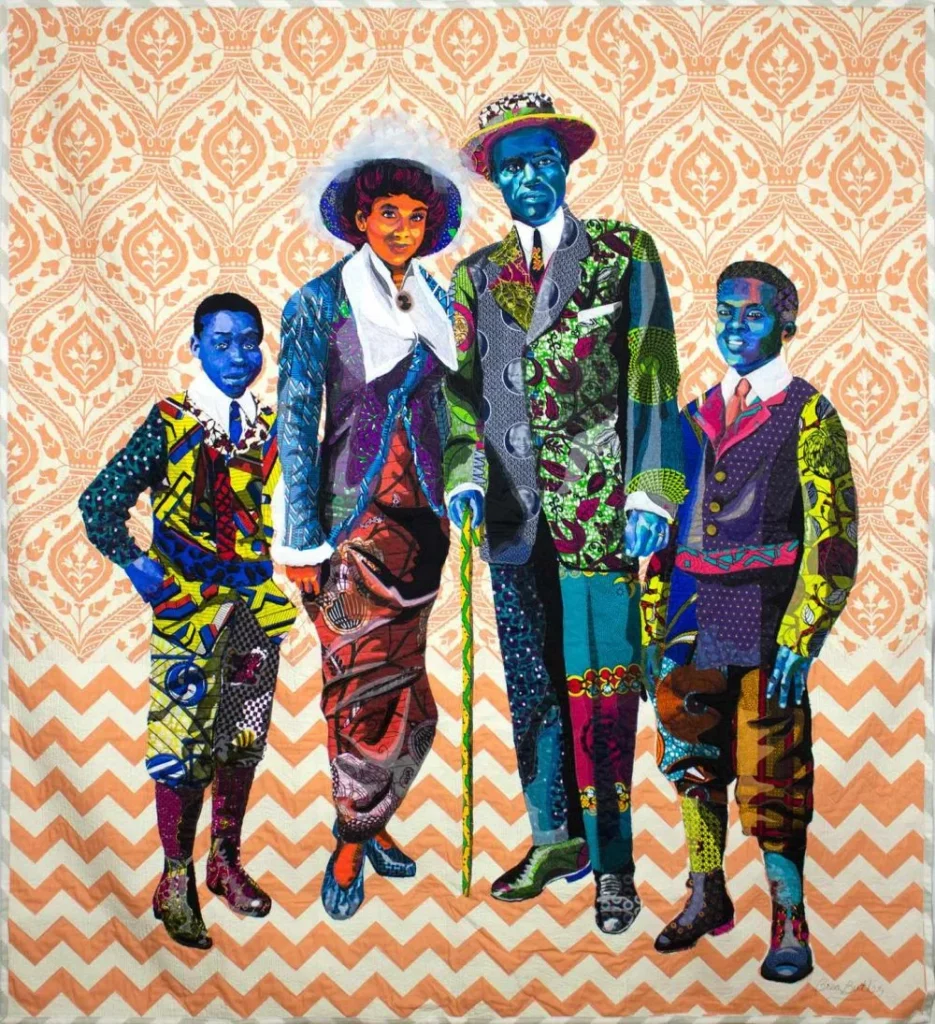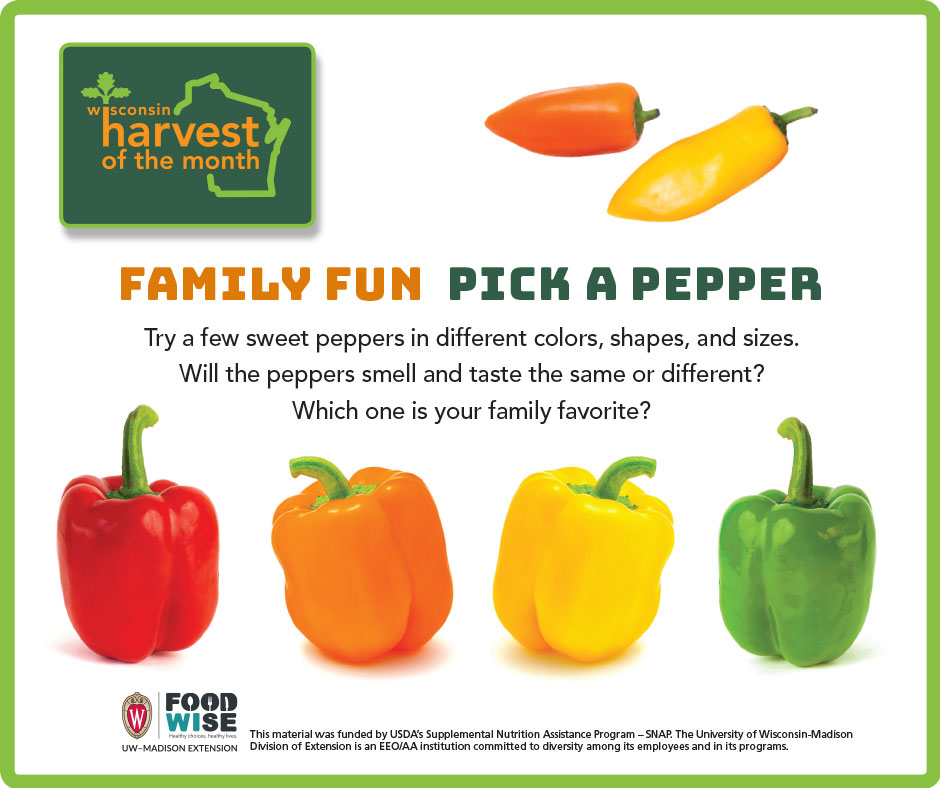BIPOC artists have long been at the forefront of shaping culture, activism, and the art world, using their creative voices to challenge societal norms and inspire change. Figures like Romare Bearden, known for his vibrant depictions of African American life, and Ai Weiwei, whose bold political statements continue to spark conversations globally, have paved the way for countless artists of color. Their works transcend individual experiences, reflecting the broader struggles and triumphs of their communities. By celebrating these past and present creatives, we acknowledge not only their contributions to art but also their resilience in the face of systemic oppression.

Photo Credit: Bisa Butler
Today’s BIPOC artists continue to push boundaries and redefine the role of art in society. Kerry James Marshall’s exploration of Black identity and history, along with Wangechi Mutu’s striking representations of African heritage, offer powerful commentary on race, gender, and belonging. Emerging voices like Bisa Butler bring new dimensions to traditional storytelling through her vibrant quilts, blending history, culture, and identity into powerful visual narratives. These artists use their mediums to confront mainstream narratives, reclaim space for marginalized voices, and assert their place within the larger cultural dialogue. Their work speaks not only to personal experiences but to broader social movements, calling for justice and recognition.

Photo Credit: Ai Wei Wei
In celebrating and supporting BIPOC artists, we foster a more inclusive and vibrant artistic landscape. Art, after all, is not just a medium for self-expression; it is a tool for transformation, bridging cultures, and amplifying voices that have long been silenced. By honoring the legacies of past trailblazers and uplifting contemporary creators, we ensure that the stories, struggles, and triumphs of BIPOC communities remain part of our cultural fabric. These artists not only inspire us with their creativity but also challenge us to see the world through new perspectives, reminding us of the power of art to spark change and connect us all.
Jarrelle


